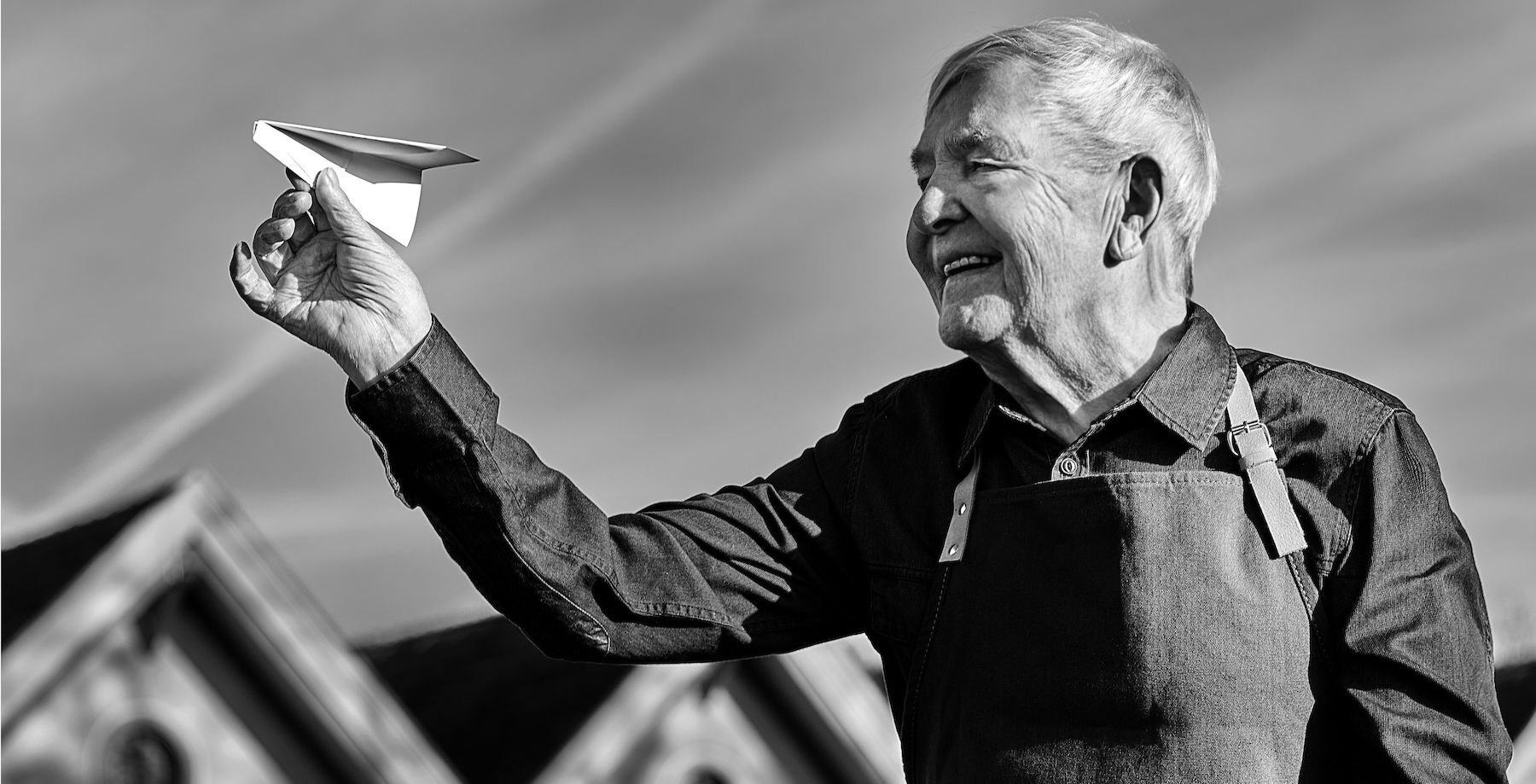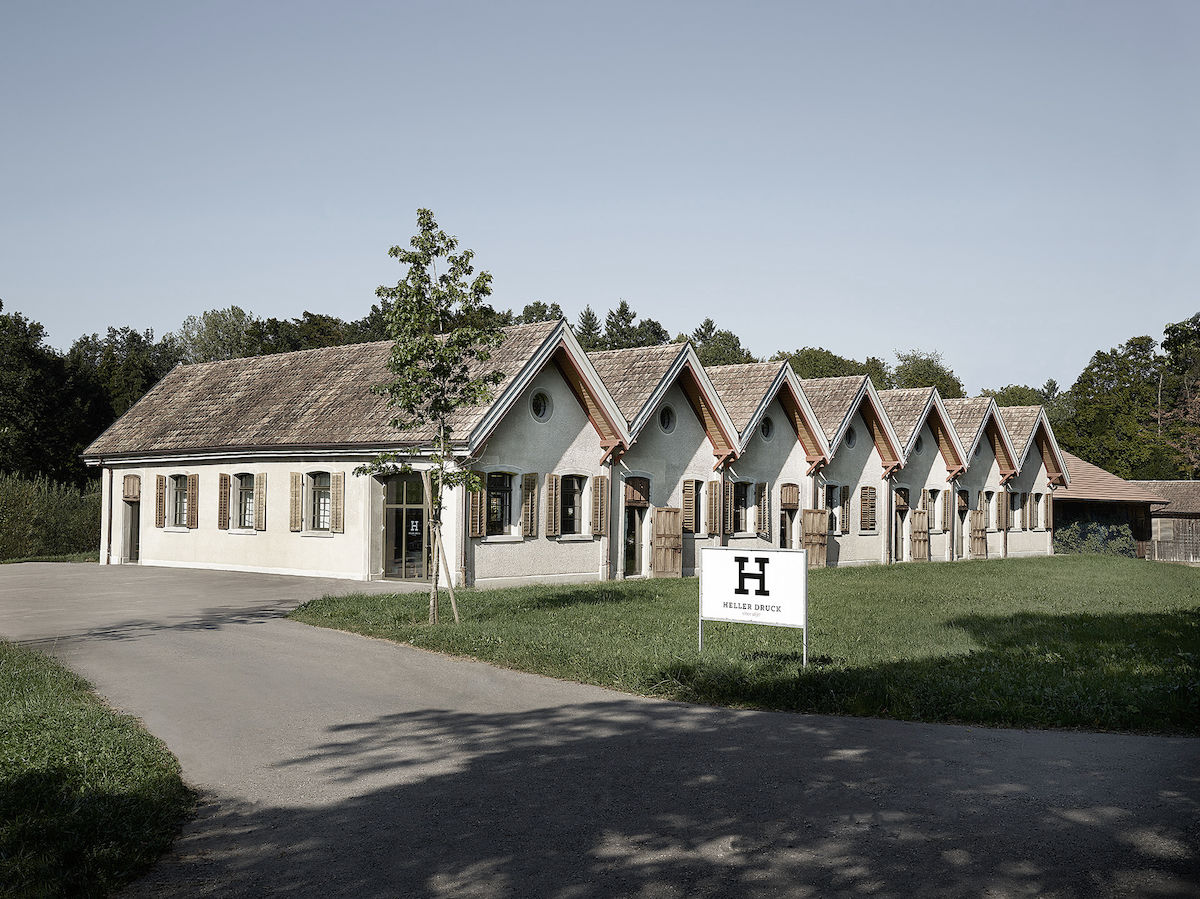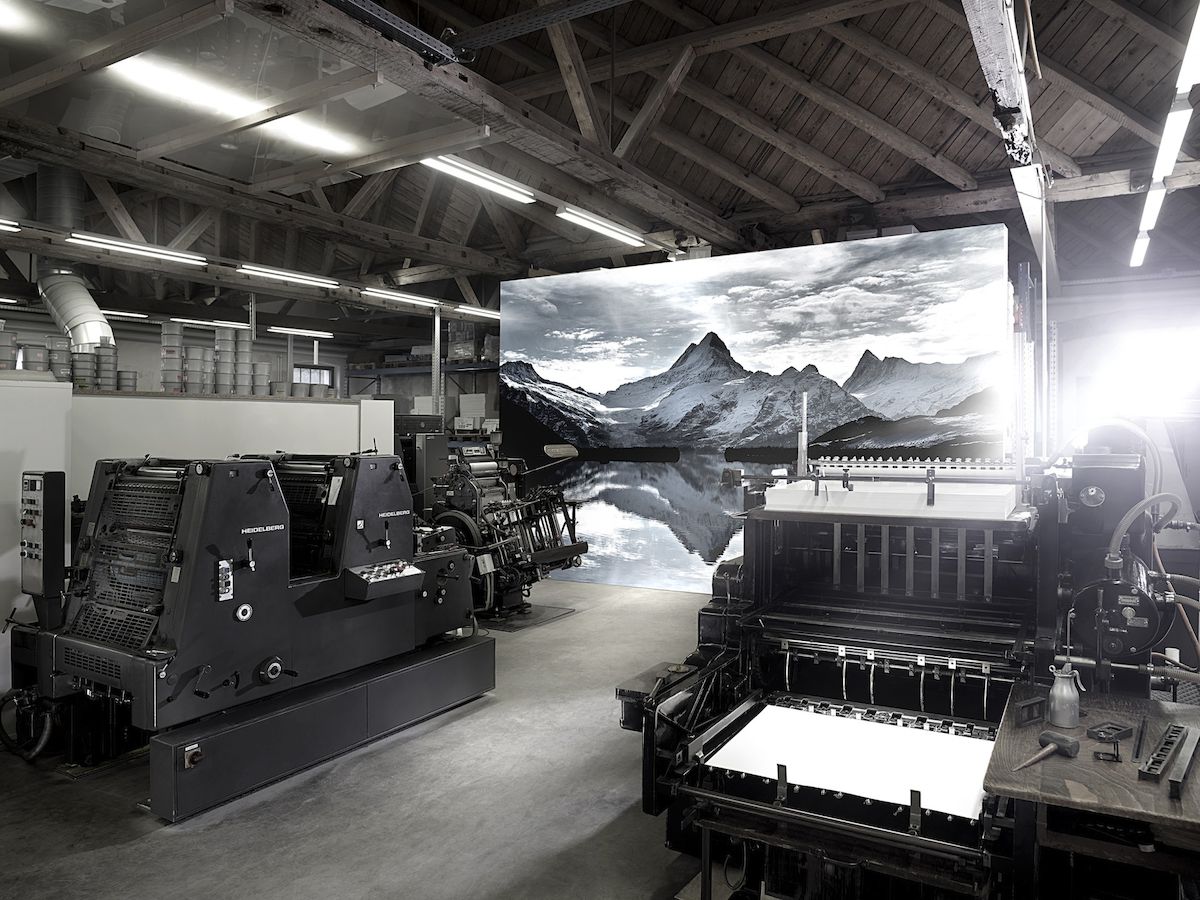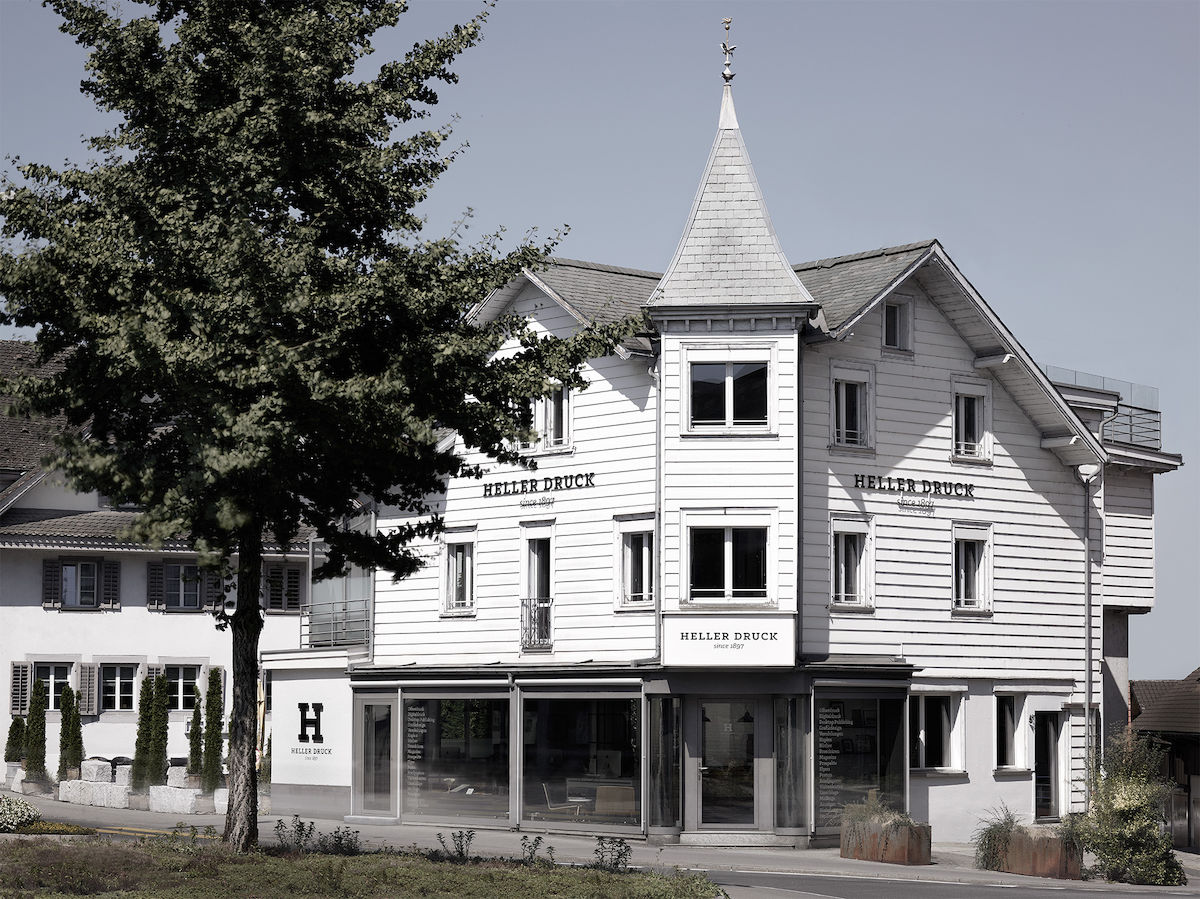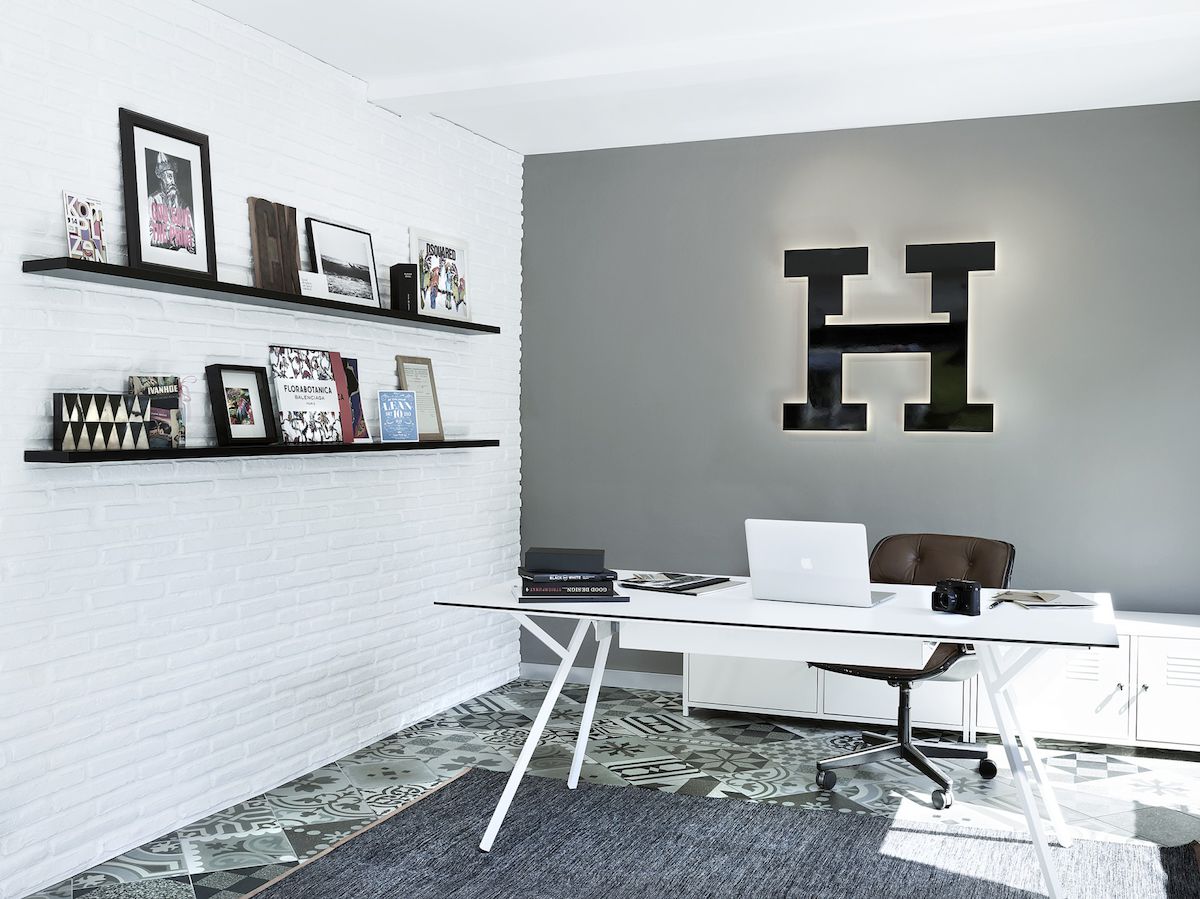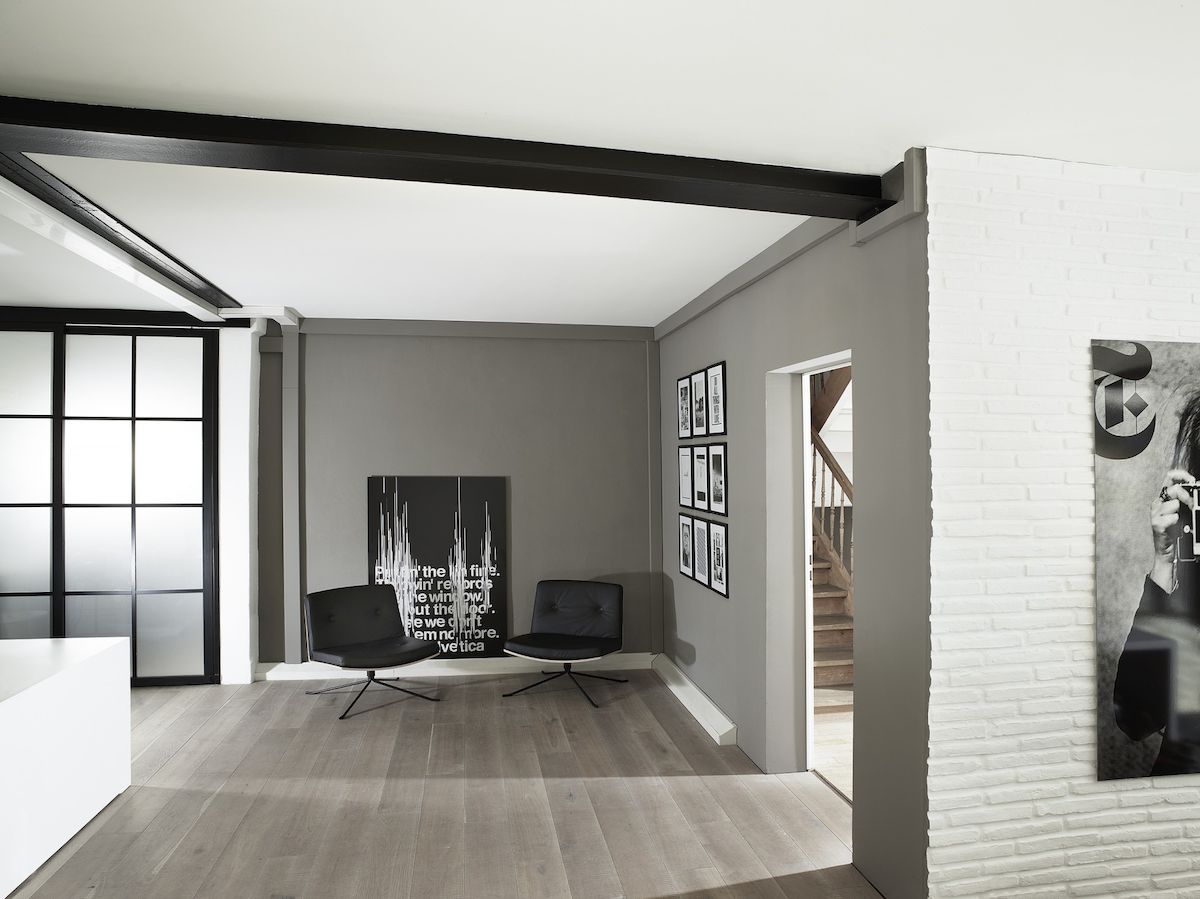No future without a past.
It was in 1897 when the first printing machine was put into operation in the Hellerhaus in the heart of Cham. The 150-year-old building still echoes with the spirit of the past. Since then the creative accomplishments of generations of print masters have left their mark on this site and enriched it with their knowledge. Here a short retrospective of a history that has been a success story for over 120 years.


Carl Heller
Carl Heller stands at the beginning of the Heller printing dynasty. In 1897 the trained bookbinder, driven by his spirit of entrepreneurship, founded the Buchbinderei Heller, remaining its formidably successful helmsman until 1924. It was the period when the Norwegian Johann Valeer invented the paperclip, Robert Bosch the spark plug and Carl Heller the “Hellern” – the principle of gluing book spines with gauze.
Richard Heller Senior
From 1924 onwards Richard Heller Senior assumed the managerial responsibilities. For the shrewd businessman, bookbinding alone lacked certain commercial avenues. He successfully transformed it into a book printing works; printed calendars, announcements, local newspapers, etc.; and opened something akin to a stationery kiosk in which the local population of Cham could procure paper articles, writing paraphernalia, tabacco and smoking utensils, and newspapers. In 1967 he passed the business down to Richard Heller Junior.


Richard Heller Junior
Between 1967 and 1989 the trained book printer Richard Heller Junior not only put numerous ideas to paper but also gave them the wings with which to fly: he founded Heller Druck AG, moved from the Hellerhaus into the Old Mill on the River Lorze, introduced offset printing into the printing company and initiated his wife Mrs Ursula Heller and two members of staff into the high art of modernised printing. The Hellerhaus was no longer used for printing; the stationery shop continued as a business until 1994.
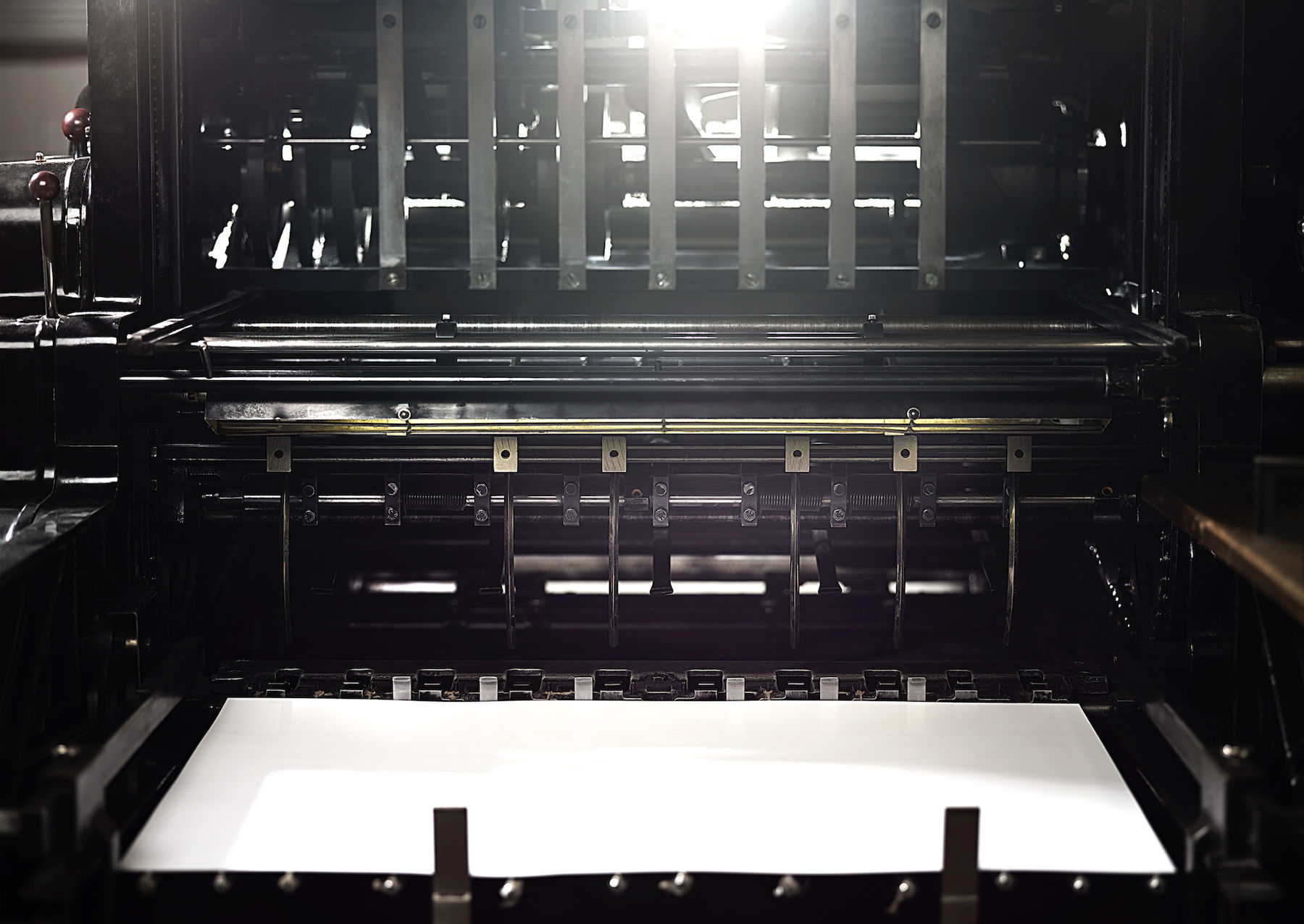
Christoff Heller
In the 1990s Christoff Heller knew exactly how to keep the competition under pressure and to initiate crucial developmental transformations. The thoroughly technology-savvy offset printer took over at the helm of Heller Druck in 1989 and successfully managed it through to 2005. Early on he recognised the potential of digitisation. He invested in a large machine park and commenced operations using the first 4-colour offset printing machine. Far-sighted as he was, shortly before the turn of the 21st century he invested in new technologies such as Computer to Plate. In 1998 the prepress/setting processes were relocated back to the Hellerhaus, although the physical printing still continued in the 380m² mill building. The company prospered greatly under the patron Christoff Heller, and in 2005 he sold it – excellently positioned with a fully developed prepress, ideally equipped and already with 17 co-workers – to his former apprentice Nino Izzi.


Nino Izzi
In 2005 a young, ambitious director took over in the form of Nino Izzi – a personality who resolutely thinks things through not only lineally but also laterally, and who also knows how to give ideas maximum traction. He invested in a new machine park and moved the production to the listed 1'200m2 hall at Hünenberg See. Nino Izzi spearheaded the company’s specialisation in the fields of refinement, direct marketing and lettershop. Under his leadership Heller Druck has advanced to become arguably the most innovative printing company in Switzerland, while still conserving its boutique character and combining the grand old art of printing with 4.0 printing techniques, coupled with an extended design department. And this is not all. In a continuous process he also re-tailored the entire value-added chain to gear it to sustainability – a sustainability that ultimately but not least expresses itself in the loyalty of the company’s co-workers.
